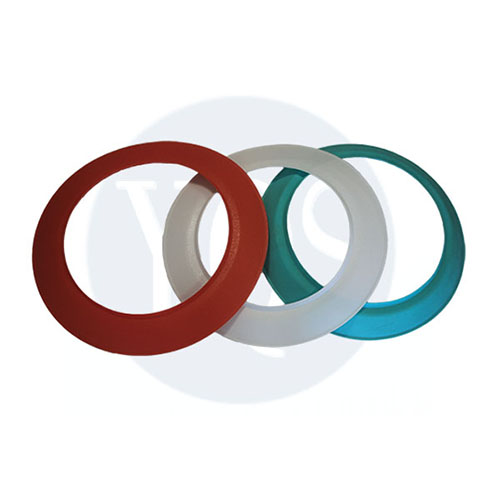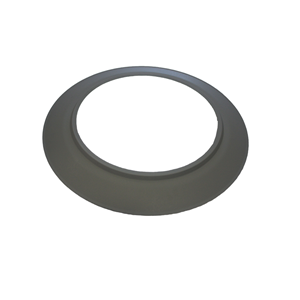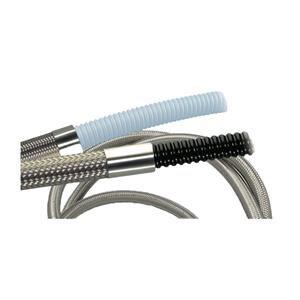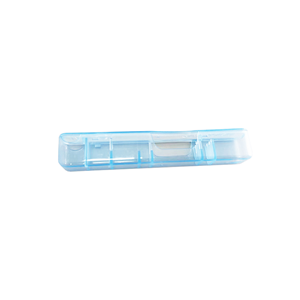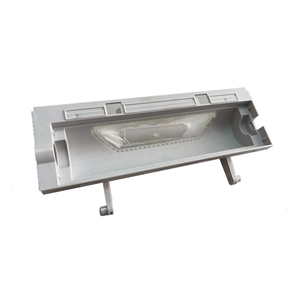What is the purpose of a bead spacer
The "PP" in "bead spacer" refers to polypropylene, which is a lightweight, chemically resistant, and tough thermoplastic; The application scenario of "tire bead" is directly related to the "tire bead" structure of the tire. Therefore, the core purpose of the tire pad is to serve as a structural component or auxiliary material for the dtire bea area, and its specific functions can be disassembled into the following aspects:
1、 Core application: Structural support and functional implementation of tire beads
The tire bead is a critical part of the contact between the tire and the wheel rim (hub), requiring rigidity, sealing, wear resistance, and compatibility with the wheel rim. Plastic tray meets these requirements through its own characteristics, including:
The tire plate has a certain degree of rigidity and deformation resistance, and can serve as the "skeleton auxiliary layer" of the tire. It cooperates with the steel wire ring (the main load-bearing structure) in the tire to ensure that the tire maintains a stable circular contour during installation, inflation, and driving, avoiding deformation of the tire due to external compression or pressure changes, which may affect the fit between the tire and the wheel rim.
The sealing and air tightness of the wheel rim are improved. After inflation, the tire needs to rely on the tight fit between the tire bead and the wheel rim to achieve sealing and prevent air leakage. PP plastic board has a smooth surface and high dimensional accuracy, which can fill the small gaps between the tire bead and the wheel rim contact area. At the same time, its compression resistance helps to maintain continuous adhesion under air pressure, improve tire airtightness, and reduce the risk of slow air leakage.
Wear resistance and chemical corrosion protection: During installation (friction with the wheel rim) and use, the tire bead may come into contact with the wheel rim metal, road sediment, rainwater, and a small amount of lubricant/cleaning agent. PP material has excellent wear resistance, acid and alkali resistance, and resistance to organic solvent corrosion. It can be used as a protective lining for the outer or inner layer of the tire bead, reducing the direct friction loss between the tire bead rubber and the wheel rim, while resisting the corrosion of the steel wire ring inside the tire bead by external corrosive media, and extending the service life of the tire.
Compared to traditional rubber pads or metal accessories, PP plastic sheets have a lower density (about 0.9-0.91g/cm ³) and can reduce the overall weight of tires while ensuring structural strength, which helps improve vehicle fuel economy (or new energy vehicle range). In addition, PP material is easy to process into complex shapes that match the tire beads through injection molding, cutting, and other processes, and is suitable for tire bead designs of different specifications.
2、 Extended application: auxiliary functions in specific scenarios
In addition to the core tire bead application, Tire Plate may also be used in auxiliary scenarios related to tires due to its characteristics:
Positioning/isolation components in tire production process: used as temporary positioning plates during tire vulcanization or assembly processes to ensure accurate relative position between the tire bead and the tire body; Or as an isolation layer to prevent adhesion between the tire bead wire ring and other rubber components during processing.
Wheel rim protection pad: In some modified or heavy-duty tires, it may be used as a cushion pad on the inner side of the wheel rim to reduce the impact of tire vibration on the wheel rim and protect the surface coating of the wheel rim.
summary
The core value of PP bead bundle release liner is to optimize the fit performance between tire bead and wheel rim through the rigidity, sealing, weather resistance, and lightweight advantages of polypropylene material, ensuring the airtightness, structural stability, and service life of tires. It is a common functional plastic component in modern radial tires (especially passenger and commercial vehicle tires).

